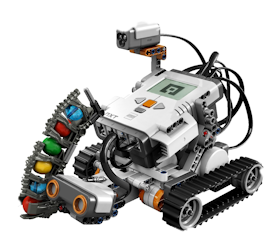Intro
The purpose of this project is to develop a prototype of an eCall system, as an aftermarket solution. This
means that this system works independently of car make and model as it does not utilise any of the cars
internal components, except the battery. This includes older cars as well. This system is autonomous and
intended to be plug’n’play, easy to use and at an affordable price.
By installing this system in a vehicle, the driver can feel safe and rely on that help will arrive as-fast-as-possible,
even in case of a solo accident where it is not possible to call for help. This system brings the
driver closer to the help required in a given emergency. It also helps speed up the response time for the
emergency personal as the relevant information about the emergency including the position of the car is
transmitted directly.
This prototype is not tested in a real car, however a remote control car is used for demonstrating and
proof of concept.
Background
Nowadays people pay a very steep price for mobility. In Europe alone around 40,000 people die on the
roads every year[1].Many of the fatalities are not only caused by the crashes themselves, but by the time
it takes for help to arrive.
The first problem is that someone has to notify the authorities. More often than not the involved people
are incapacitated and therefore incapable of doing this, so a third party has to do this. Time is wasted.
Next problem arises when the emergency operator needs to collect the required information; it can be
challenging for the operator to retrieve the information from a random caller. A protocol is needed.
Lastly, the operator needs to dispatch the proper emergency response.
A pan-European project called HeERO[2], addresses an in-vehicle emergency call services based on the
common European Emergency number, 112. HeERO is a group of European pilots who develop,
implement and tests the infrastructure and standards. This becomes both the service and an IVS (InVehicle
System) called eCall. At this moment HeERO is in the final stage of phase 2, where Denmark is
one out of 15 countries involved in testing and validating the standards in real conditions. eCall
addresses standards for third parties as well, but as HeERO project is not yet completed, things might
change and some are still undefined.
December 4th 2014 the EU parliament passed a legislation that will ensure that from March 31st 2018 all
new passenger cars and light duty vehicles will be fitted with eCall[3].
The IVS in this project will make it possible for people with pre-2018 cars to have the same opportunity
and the same safety net as eCall provides with an aftermarket solution.
[1] Commissions white paper: European transport policy for 2010
[2] HeERO – Harmonised eCall European Pilot
[3] MEPs back deal with Council on automatic emergency call system for cars
Complete raport






















